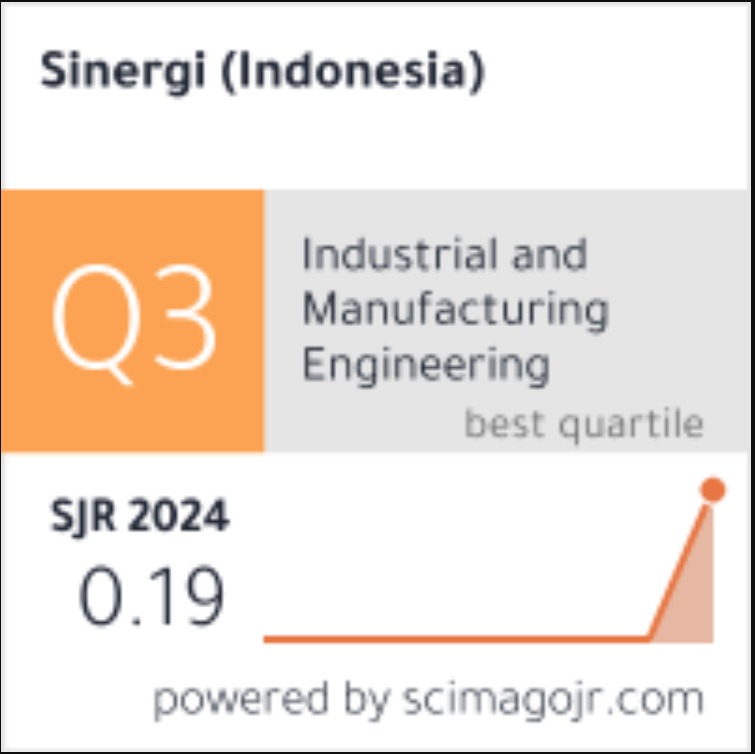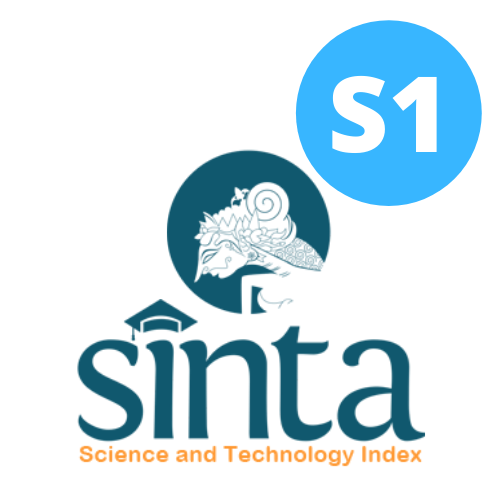Assessment of revetment performance against wave overtopping for mitigating tidal flooding at Lebih Beach
Abstract
As one of the largest archipelagic nations, Indonesia faces significant coastal erosion challenges, particularly in Gianyar Regency, Bali, where coastline change rates have reached -11.12 m/year. To combat this issue, the Indonesian government has implemented revetment structures along the coastline, notably at Lebih Beach. This research systematically assesses the current performance of a coastal revetment structure on Lebih Beach, focusing on its ability to withstand modern wave conditions and prevent wave overtopping. The objective is to evaluate the structure’s physical integrity and functionality, especially as wave overtopping has impacted nearby communities and damaged infrastructure. The methodological framework incorporates detailed field surveys to document structural conditions and detect signs of erosion, material degradation, or damage. Topographic and bathymetric data are used to model the coastal and seabed profile, which is essential for simulating wave behavior. Wind, tide, and wave data from CMS-Wave in SMS 10.1 software provide insights into wave height, direction, and energy, helping predict wave impacts on each segment of the coastline. The research area is divided into six segments along the Lebih Beach coastline. Initial evaluations showed that segments 1 through 4 require further analysis due to evident vulnerabilities to wave forces. The reexamination compares the peak elevation of these segments, specifically their ability to withstand wave action at the established elevation of +5.00 m. This comparison allows for an accurate assessment of the structure’s resilience under current environmental pressures and guides recommendations for maintenance or reinforcement where needed. The evaluation results in segments 1, 2, 3, and 4 showed that the revetment still undergoes overtopping. Continuous monitoring and evaluation of coastal protection structures is needed to ensure the integrity of coastal communities and infrastructure in the face of ongoing environmental changes.
Keywords
Full Text:
PDFDOI: http://dx.doi.org/10.22441/sinergi.2025.2.008
Refbacks
- There are currently no refbacks.
SINERGI
Published by:
Fakultas Teknik Universitas Mercu Buana
Jl. Raya Meruya Selatan, Kembangan, Jakarta 11650
Tlp./Fax: +62215871335
p-ISSN: 1410-2331
e-ISSN: 2460-1217
Journal URL: http://publikasi.mercubuana.ac.id/index.php/sinergi
Journal DOI: 10.22441/sinergi
Journal by SINERGI is licensed under a Creative Commons Attribution-ShareAlike 4.0 International License
The Journal is Indexed and Journal List Title by:














